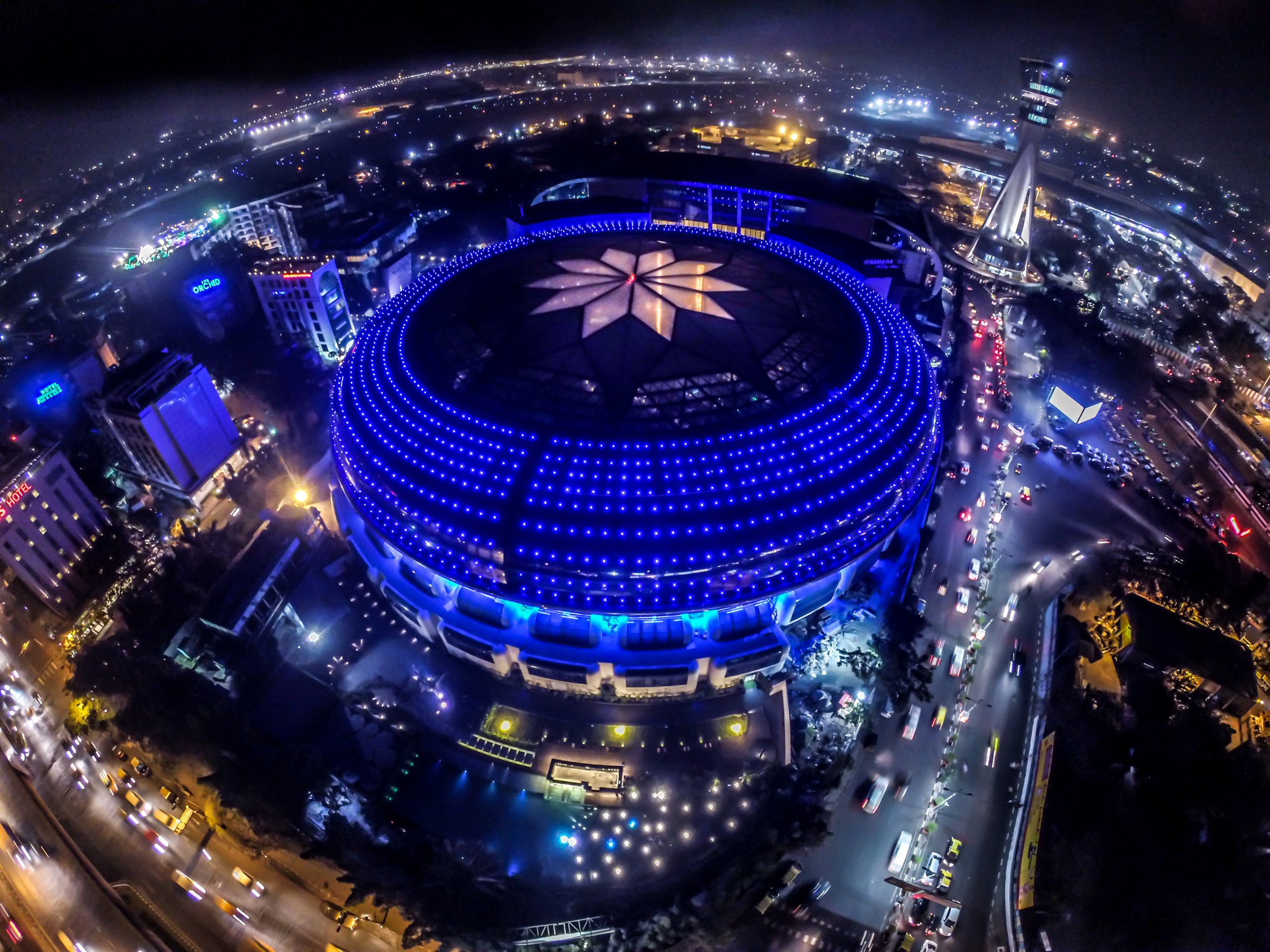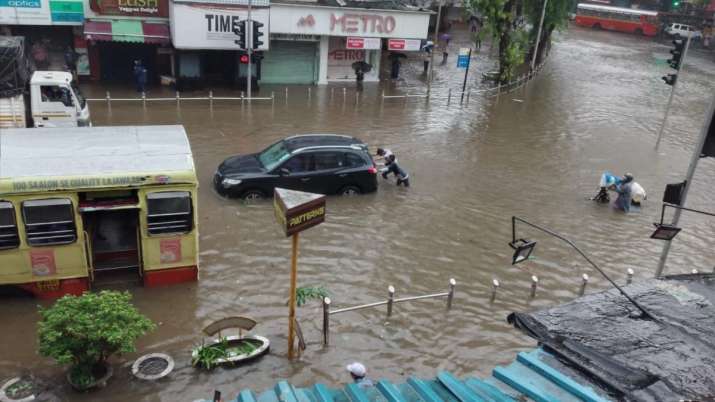Despite vehicular traffic being low during the lockdowns, the city’s pollution levels increased.
While it was expected that pollution levels would be under control during the 2020 and 2021 lockdowns owing to the pandemic, a recent climate analysis shows that it increased year-on-year in Mumbai during March, April and May from 2019 to 2021. However, the pollution levels remained above permissible limits in cities like Lucknow and Delhi. A part of the study reveals that Kolkata was the only city to show improvement in air quality.
Researchers compared the Central Pollution Control Board (CPCB) air quality data for Delhi, Lucknow, Mumbai and Kolkata over three months from 2019-2021. The study revealed that except Mumbai, all cities showed a dip in the average PM 2.5 levels during the three months in 2020.
According to the analysis, Mumbai’s average concentration of PM 2.5 between March and May in 2019 was 21.6 ug/m3, which increased to 31.3 ug/m3 in 2020 and then to 40.3 ug/m3 this year. The safe limit for PM 2.5 (particulate matter measuring less than 2.5 microns) as prescribed by the CPCB is 40 ug/m3.
“Mumbai being a coastal city has a mixed effect of local meteorology and prevalent conditions of large scale motions including that of cyclones. While cyclones act as a washout/cleaning effect on the atmosphere, slow wind conditions – favourable conditions for long transport of particulate matters from neighbouring states – act as accumulation, suggesting marginal increase in pollutants,” said professor S K Dhaka, Rajdhani College, Delhi University.
Dr G C Kisku, chief scientist, Environmental Toxicology, CSIR-Indian Institute of Toxicology Research, said, “The partial/complete lockdowns during 2020 and 2021 led to a decrease in vehicular movement and subsequently reduced consumption of fossil fuels. Closure of industrial establishments also added to it. But the levels are still relatively higher this year. The good thing is that there has been a decreasing trend in PM10 levels from 2017 onwards, however, this year the observed levels of PM 2.5, PM 10, SO2 and NO2 at all locations were found to be relatively higher as compared to monitoring data of previous year.”
“Lockdown related reduction in air pollution is neither consistent nor uniform. Thus, the contribution of anthropogenic activities does not totally explain the high pollution levels. We should stay alert about the continuing health hazards of high pollutant levels, especially in metropolitan cities. And this is not the right time to let the guard down,” said Dr Arun Sharma, president, Society for Indoor Environment.

Surjitt Sahani











